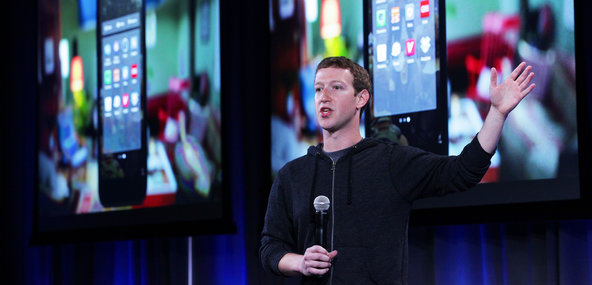It is unusual for a carmaker to make major changes to a new model so soon. But with the Malibu still lagging behind its competitors in the important midsize car category, G.M. is moving uncharacteristically fast to improve it.
G.M. has a lot riding on its success. The revamped Malibu, along with new pickup trucks coming this summer, is part of its effort to emerge from years of retrenching after its financial collapse and become a growth company again.
“In the past, we would have defended it and justified it and waited for it to sell,” Mark Reuss, head of G.M.’s North American operations, said of the Malibu at a news conference here on Friday to show off the new model. “But we’re not going to sit around and wait. We’re going to react to the marketplace.”
That marketplace has been decidedly cool to the car, even after last year’s revamping. Its sales have dropped nearly 12 percent from a year ago, even as G.M.’s overall sales in the United States are up about 10 percent.
G.M. has made some incremental gains this year in market share in the United States. In the first four months, it reported an 18.1 percent share, compared with 17.7 percent for the same period in 2012.
Better sales of the Malibu are considered essential to further bolstering share. To attract customers, a honeycomb-style grill was added to the front end, and the rear seats were redesigned for better comfort and more leg room. G.M. will also offer a more fuel-efficient engine that shuts down and saves gas when the car is stopped at a traffic light.
Analysts reserved judgment about the changes. “We’ll see how it does,” said Michelle Krebs, an analyst at the auto research site Edmunds.com.
She said that despite improvements in other areas of the business, G.M. still had a lot to prove in the midsize car category, which accounts for about one out of every six vehicles sold in the country.
“G.M. needs to be much more competitive in this segment,” Ms. Krebs said. “It’s still the biggest segment in the market, and they need to play stronger in it.”
Malibu sales have slipped considerably in recent years, particularly after work on a new version was suspended during G.M.’s bankruptcy. A fresh Malibu finally arrived in showrooms last year, powered by a new engine and sporting a better interior and more technology.
But consumers were not impressed. Despite the changes, sales fell further behind the Toyota Camry, which leads the midsize sedan segment, and the Honda Accord. And the Malibu fared poorly in a head-to-head comparison with the Ford Fusion, which has had a 25 percent increase in sales this year.
“We knew there were competitive pressures,” Mr. Reuss said. “And we knew we needed to get a better car out there.”
The new version goes on sale this fall. Until then, G.M. will try to generate interest in the current model with hefty rebates. The average Malibu incentive in April was the biggest in the midsize segment, at $3,793, compared with $592 for the Honda Accord and $1,946 for the Fusion, according to Edmunds.com.
Pre-bankruptcy, G.M. often relied on rebates to move unpopular cars. But Mr. Reuss said the company was committed to improving its products, so big incentives are unnecessary.
“We’re trying to address the concerns of the customer,” he said. “We have got to hit home runs with everything we put out there.”
The rush to fix the Malibu reflects G.M.’s overall struggle to remake itself after its bankruptcy and $49.5 billion government bailout.
While the company contends it has made great strides with most of its new products, its financial performance has been spotty. Its net income in the first quarter declined 14 percent from a year earlier, and its North American profits significantly trail those of the Ford Motor Company, its smaller hometown rival.
But investors appear to see a brighter future ahead. G.M.’s stock recently hit $33 a share, the first time the company achieved the share price of its initial public offering in 2010.
The government, meanwhile, is in the process of selling off its remaining shares in G.M., which should help the company shed its nickname of “Government Motors.”
Mr. Reuss said that in the past, G.M. would not have bothered to poll consumers about why they did not like the current Malibu.
But the days when G.M. would let a new model languish are over, he said.
“We are a company that lost the will to win during the bankruptcy,” he said. “We need to know that feeling of winning again.”
Industry analysts expect G.M. to report another slight gain in market share for the month of May, when the industry reports sales figures on Monday.
G.M.’s sales in the United States during May are expected to improve about 8 percent from last year, which would be a bit more than the overall market, according to the investment firm Sterne Agee.

Article source: http://www.nytimes.com/2013/06/01/business/a-new-chevrolet-malibu-aimed-at-gms-rivals.html?partner=rss&emc=rss

